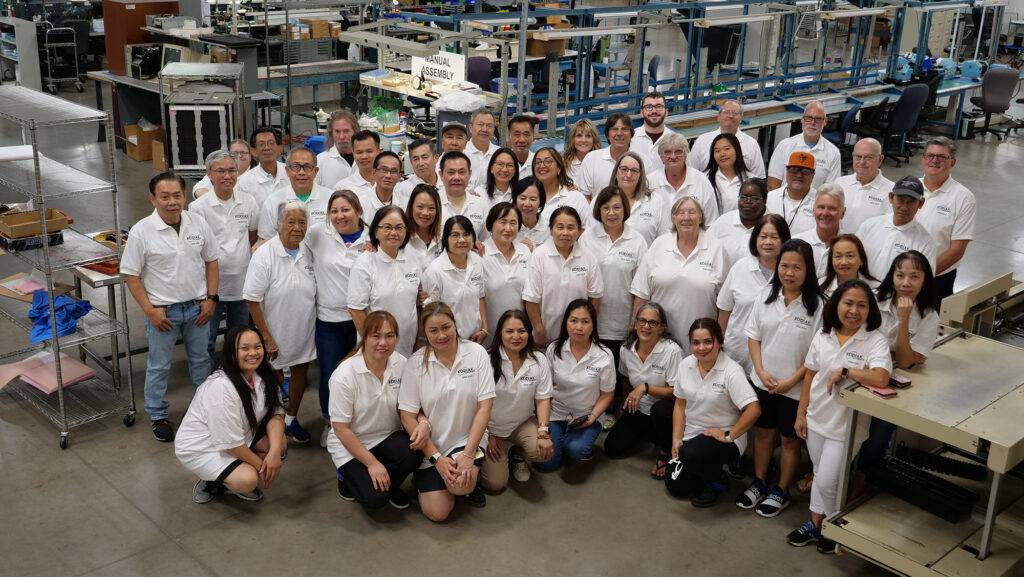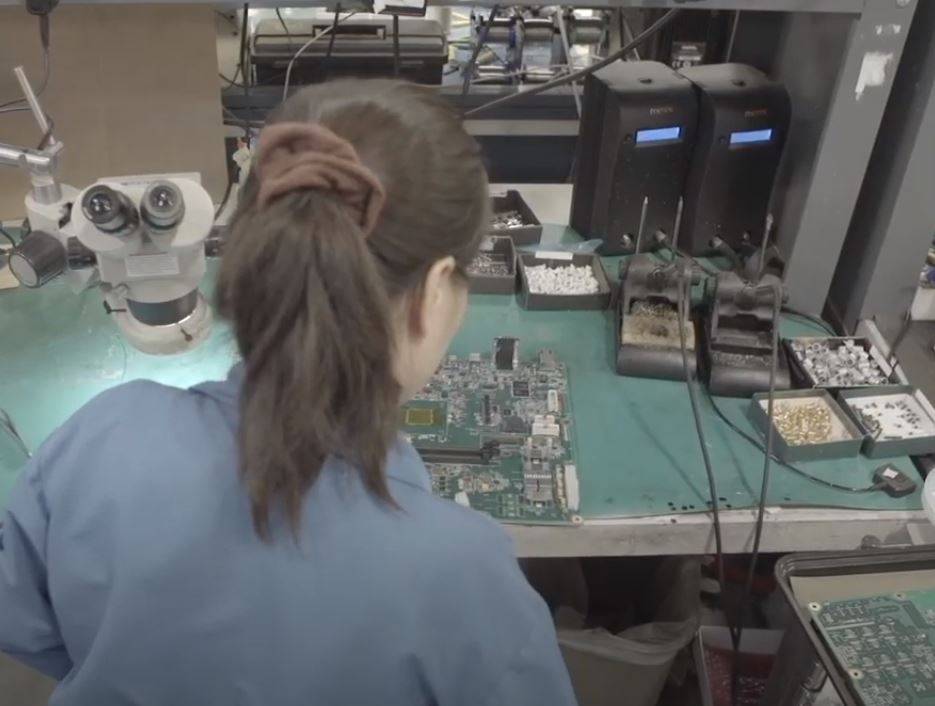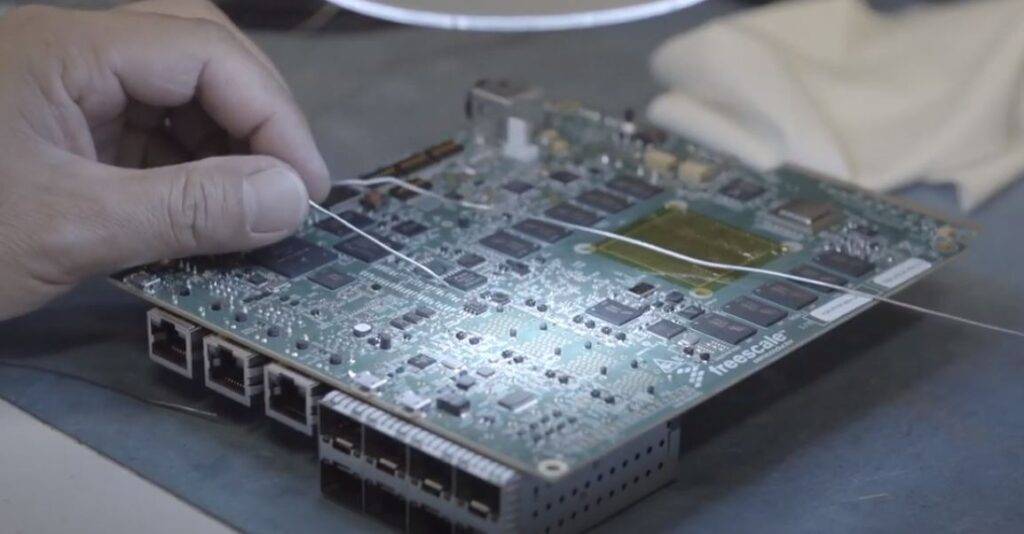How Technology is Revolutionizing the Manufacturing Industry

Do you remember the sudden shift in technology? One day we thought email was an advanced form of communication and then, it happened. A switch flipped and advancements in technology became a constant that would never be stopped. Advancements in technology rapidly changed society…forever (and for better). Even now we rely on technology to improve efficiency in our work and everyday lives.
Apart from individual consumers, technology continues revolutionizing the manufacturing industry. Sectors like manufacturing have benefited from the technology that races to improve speed, precision, and efficiency on the factory floor. As a result, production output has increased by 47 percent compared to production output measured from approximately 20 years ago. So, how is the implementation of technology revolutionizing the manufacturing industry?
1. Robots and Machine Learning
In 2013, there were about 1.2 million robots already working on the manufacturing floor. By the end of 2017, that number is expected to reach 2 million. How are robots useful to manufacturing? Well, they’re not all the human-like robots you’d see in movies and on television. These are smart machines that use sensors to identify and fix technical issues or glitches that may occur. Without sensors to immediately identify and notify the appropriate person when there’s a problem, issues can linger for several hours before even being realized, thus delaying production, wasting time, and ultimately, money.
Machine Learning, on the other hand, is revolutionizing manufacturing in a number of ways. One instance is that machine learning can help manufacturers to track and eventually predict consumer trends – helping manufacturers prepare for rising – or falling – demand in the future.
2. IoT (The Internet of Things)
Ah, the internet of things. If you haven’t come across the term IoT, it is defined by devices that are all connected to one another through the internet. These devices can receive and send signals – essentially, “talk” to one another. More explanation of IoT informs us that its use in manufacturing allows electronic devices connected to one another to communicate with one another without human intervention. As a result, IoT helps manufacturers improve the efficiency and productivity of manufacturing operations.
At this time, many IoT solutions have basic functions, but manufacturers are using them to track factory assets and increase analytics functionality. Beyond keeping up with technology trends, IoT can be used as a solution in critical situations. They can perform functions such as recognize damaged or malfunctioned devices and send notifications to users immediately, which reduces downtime, reduces waste, and keeps costs from soaring due to delays in production.
3. Cloud Computing
Although cloud technology is widely available to consumers and businesses alike, it’s still doing its part to transform the manufacturing industry through its innovative practices. For example, cloud computing in the manufacturing industry allows manufacturers to manage, process, and store pertinent data within a network of internet-connected devices. Manufacturing leaders can easily store data and other important information as well as easily access it in the future.
4. Wearable Devices
Technology isn’t designed just to enhance the efficiency and speed of the manufacturing processes. There are some types of technology specifically designed to enhance the work of those employed within the manufacturing industry. When you see the term “wearable devices” you might think solely of activity and sleep trackers. The technology developed for manufacturing and assembly workers goes way beyond smartwatches. We’re talking about wearable devices designed to improve the ergonomics of workers and avoid fatigue-related issues while working on the factory floor.
One example of this technology is Google Glass. That’s a product you probably haven’t heard in a while. That is because Google Glass made its way out of the consumer market and found a second life on the manufacturing floor. In these instances, the product is helping workers to follow instructions and tasks, relieving them from having to get up and look at the computer if they forget something. The technology also enables workers to leave notes for the next shift worker.
Another wearable technology thriving on the factory floor is a wearable device called OptAlert. This kind of technology is similar to Google Glass, but instead, its type of smart glasses or goggles that track pupil movement to detect fatigue, drowsiness and ultimately, keep employees safe while working.
The continuous advancement of technology is revolutionizing the manufacturing industry in extraordinary ways. With increasing capability, these technologies are improving the speed, precision, efficiency in production and working to continue increasing production output.
Read more: Is manufacturing technology a revolution or an evolution?
The possibilities of technology and manufacturing are endless and Kodiak Assembly Solutions is proud to have a part in the technology market taking the industry by storm. If you have electronic manufacturing assembly needs and are looking for a reliable partner, with extensive experience and one who excels at quality control, contact Kodiak Assembly Solutions today!



